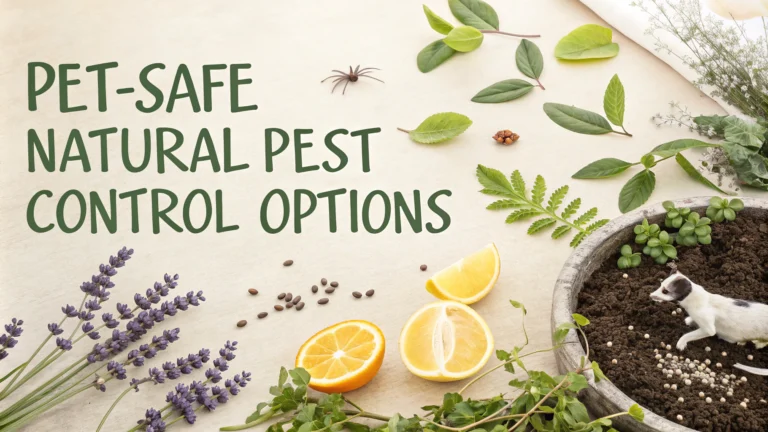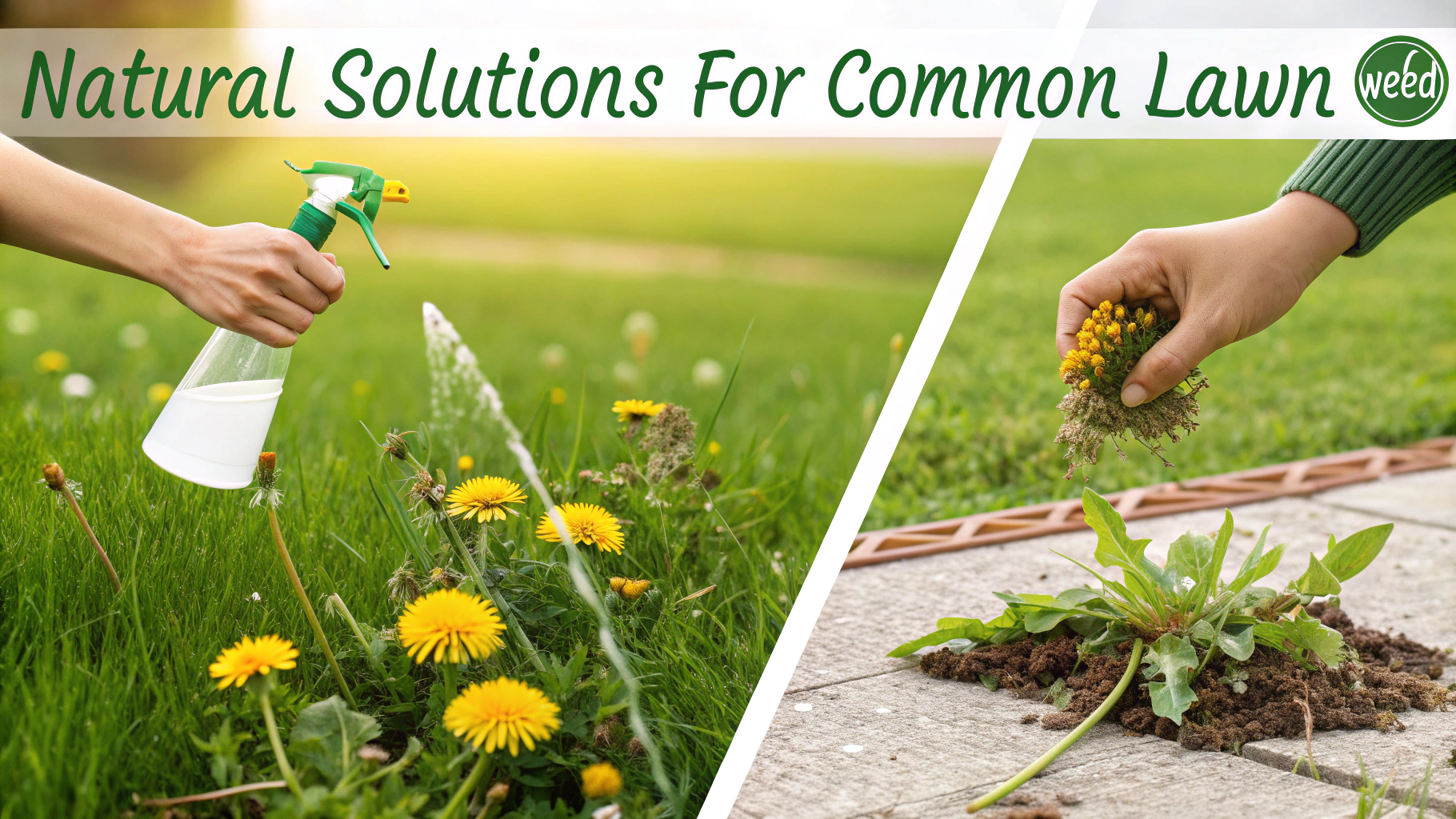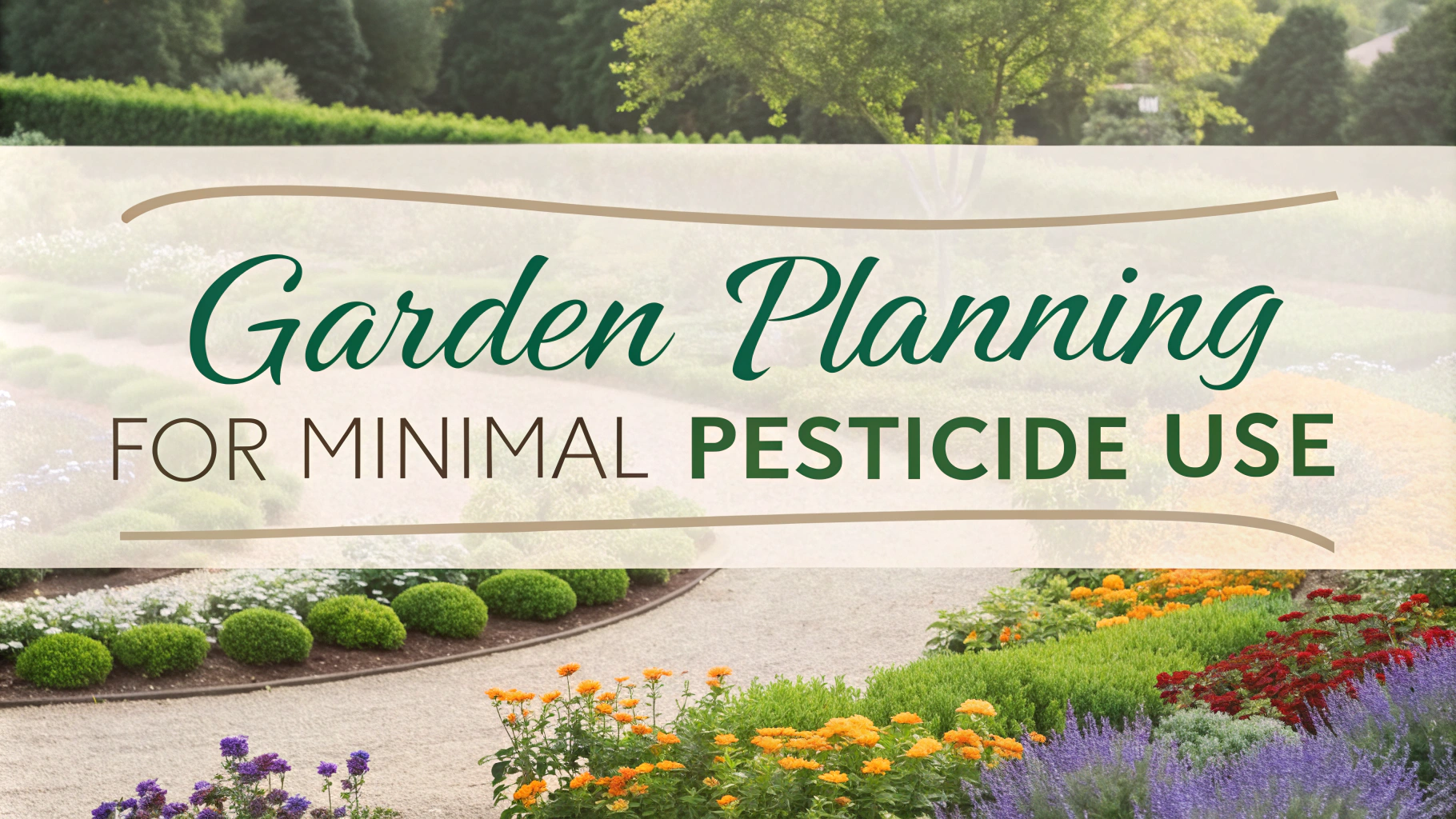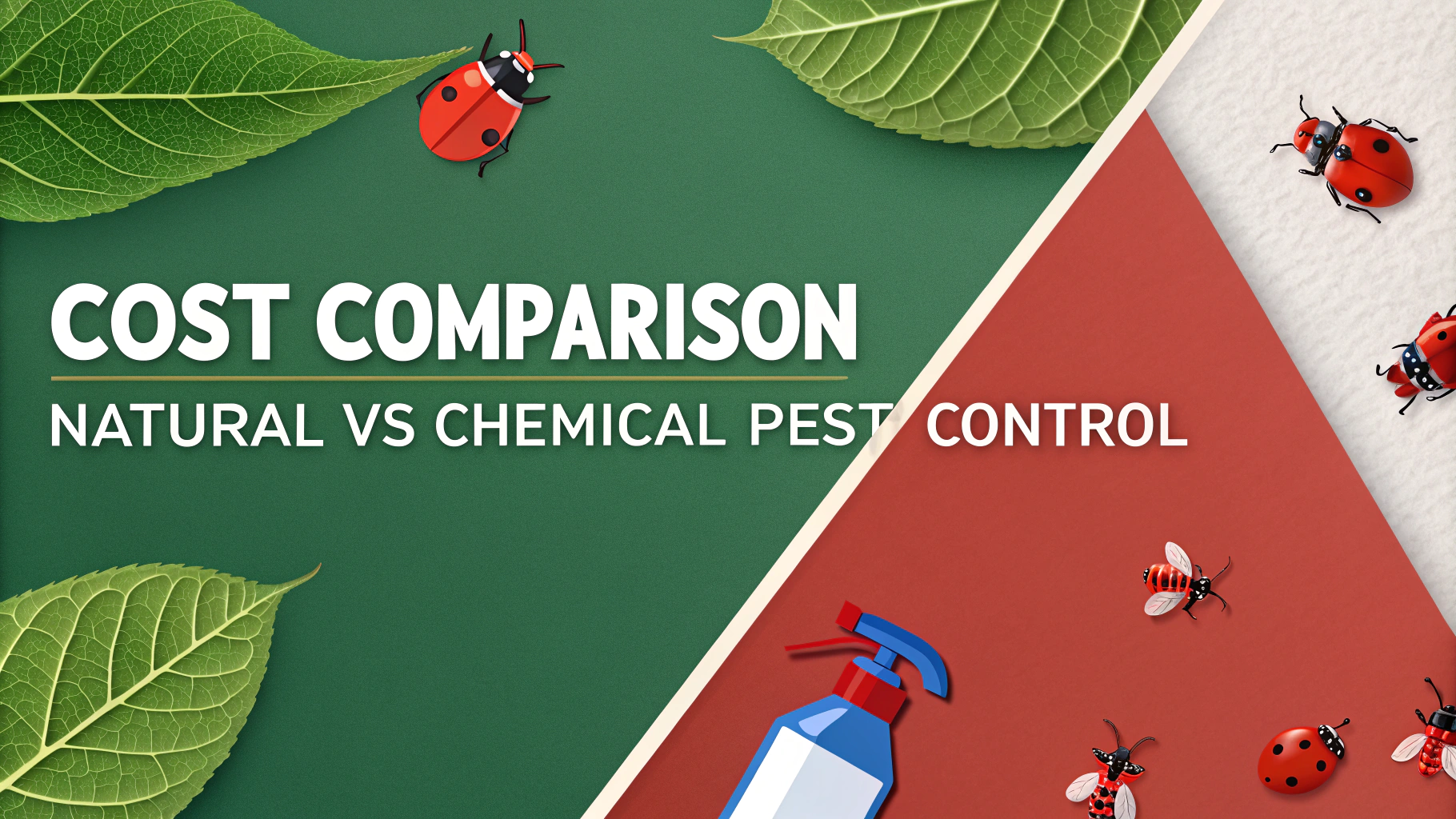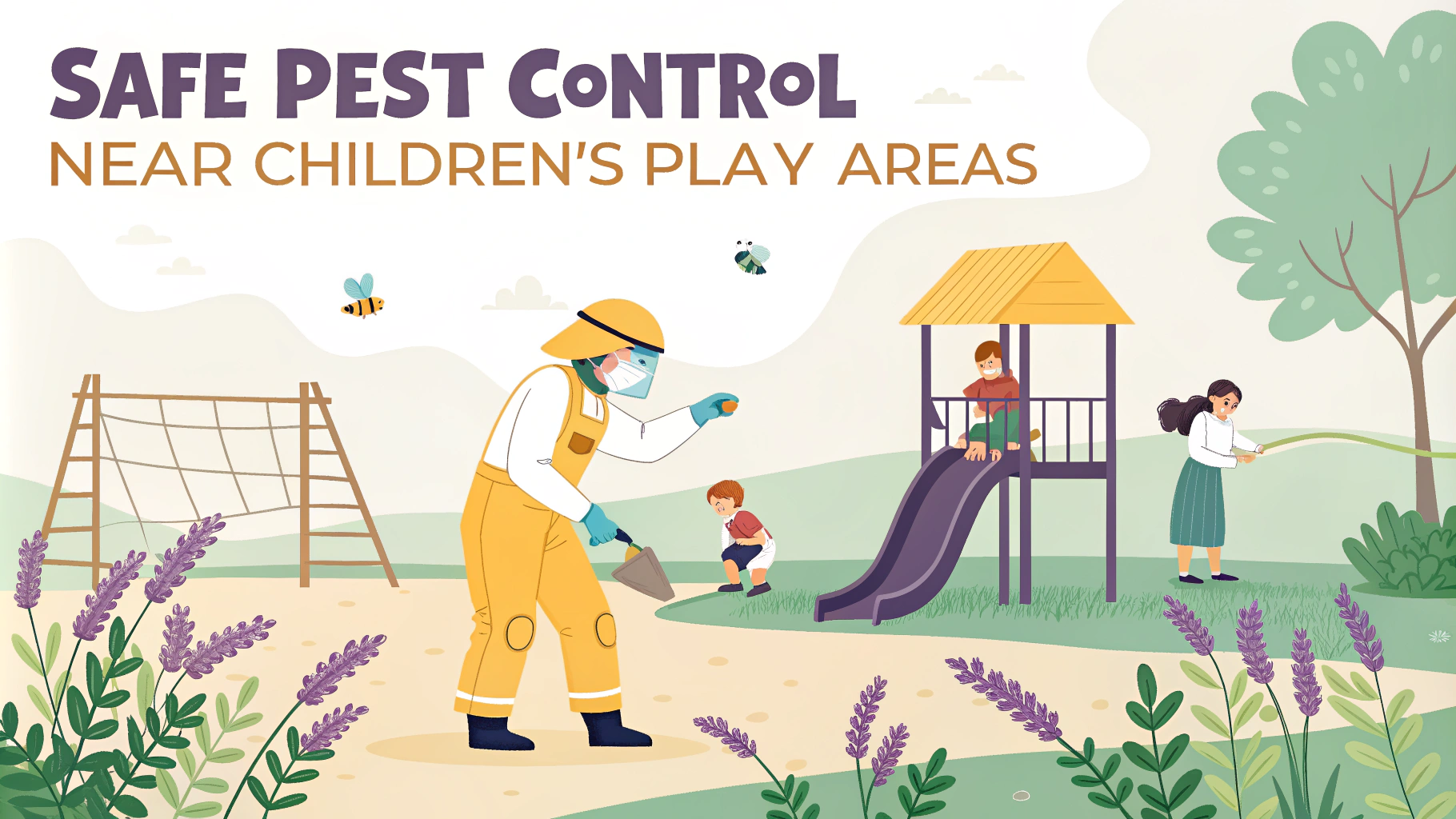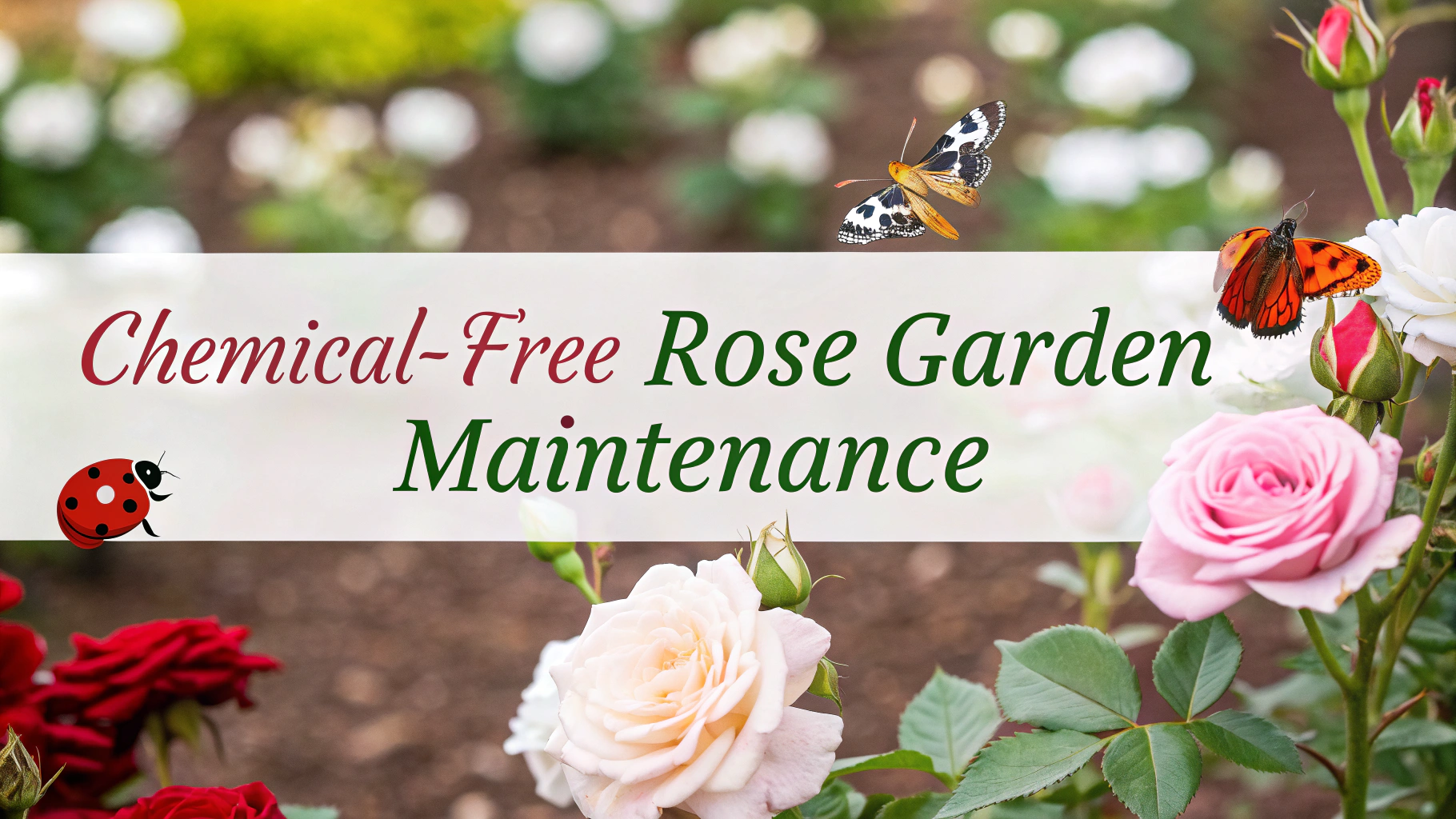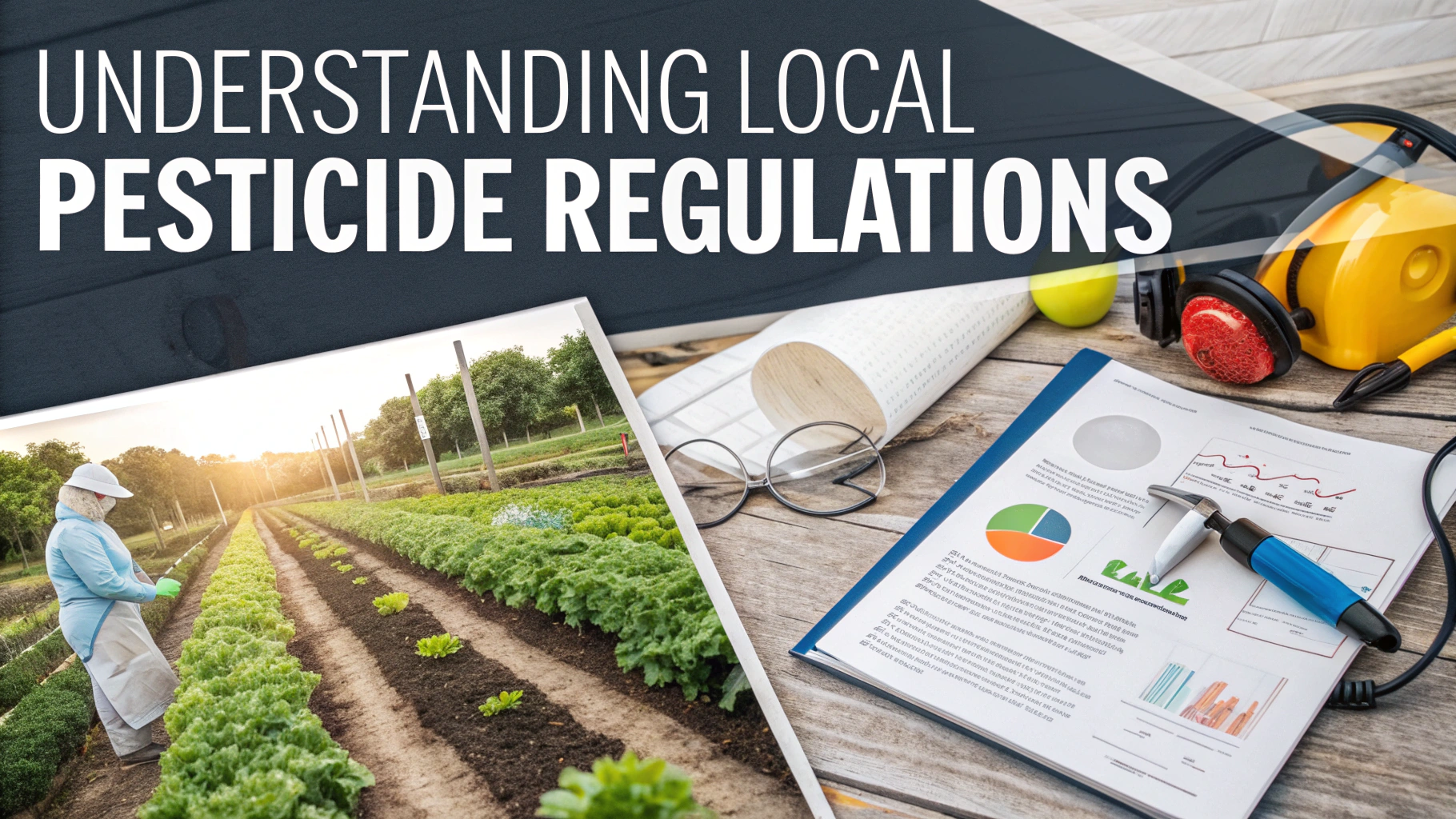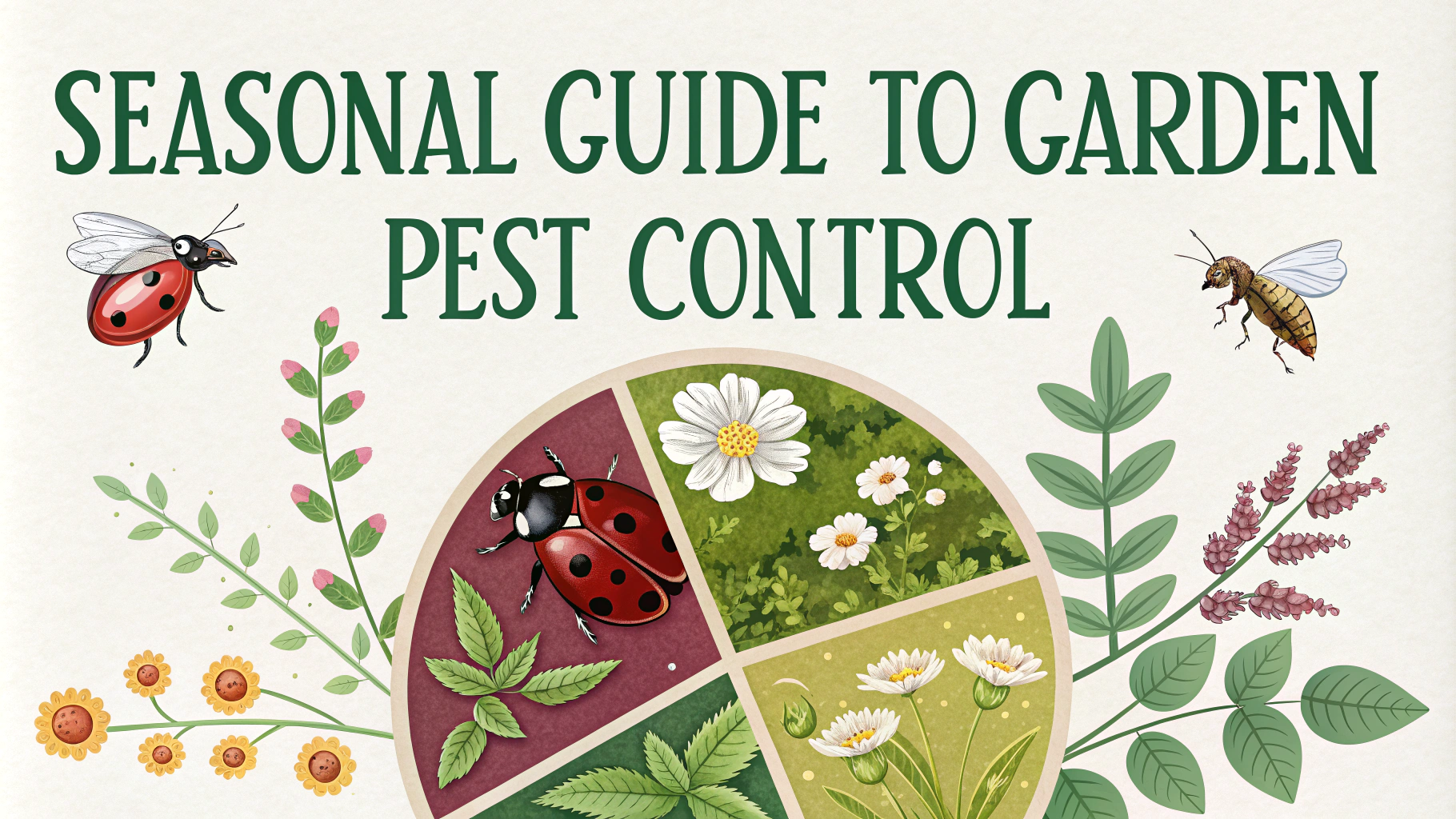Natural pest control methods can keep your home bug-free while protecting your pets from harmful chemicals.
Quick Overview of Pet-Safe Natural Pest Control
- Diatomaceous Earth (Food Grade)
- Essential Oils (Selected varieties)
- Nematodes for Garden Pests
- Vinegar Solutions
- Beneficial Insects
Food-Grade Diatomaceous Earth
Food-grade diatomaceous earth creates a safe barrier against crawling insects while remaining harmless to pets when properly applied.
Safe Essential Oils
These essential oils are generally safe around pets when diluted properly:
- Rosemary (cats should be kept away)
- Basil
- Mint (keep away from cats)
- Neem
Note: Always consult with your veterinarian before using essential oils, as some can be toxic to pets, especially cats.
Natural Barriers and Repellents
- Coffee grounds around garden perimeters
- Citrus peels
- Cucumber slices
- Bay leaves
Beneficial Garden Insects
Consider introducing these helpful insects to your garden:
- Ladybugs – eat aphids
- Praying mantis – control various pests
- Parasitic wasps – target caterpillars
Vinegar Solutions
| Pest Type | Vinegar Mix Ratio |
|---|---|
| Ants | 50/50 water and vinegar |
| Flies | 1:3 vinegar to water |
Preventive Measures
- Seal entry points around pipes and windows
- Keep food in airtight containers
- Clean spills immediately
- Remove standing water
- Maintain a clean yard
Emergency Contacts
Keep these numbers handy:
- ASPCA Animal Poison Control: (888) 426-4435
- Pet Poison Helpline: (855) 764-7661
Quick Tips
- Test new solutions in small areas first
- Monitor pets for adverse reactions
- Store natural remedies out of pet reach
- Clean up residues regularly
Application Methods
Indoor Application
- Spray solutions in corners and entry points
- Place diatomaceous earth in thin lines along baseboards
- Position natural repellents in problem areas
- Reapply after cleaning or rain
Outdoor Treatment
- Create barrier zones around garden beds
- Sprinkle coffee grounds near entry points
- Place cucumber slices near ant-prone areas
- Release beneficial insects in early evening
Seasonal Considerations
Spring and Summer
- Increase monitoring of entry points
- Apply natural barriers before pest season peaks
- Maintain regular cleaning schedule
- Check garden areas weekly
Fall and Winter
- Seal potential entry points
- Focus on indoor prevention
- Store natural remedies properly
- Continue monitoring problem areas
Conclusion
Natural pest control offers safe, effective solutions for pet owners concerned about chemical exposure. Success requires consistent application, monitoring, and maintenance of preventive measures. Remember to always prioritize pet safety when choosing and applying any pest control method.
Final Reminder: Document which methods work best for your situation and adjust your approach seasonally. Keep emergency contact numbers accessible, and maintain communication with your veterinarian about your pest control choices.
FAQs
- What are the most effective natural repellents for common household pests that won’t harm pets?
Diatomaceous earth, neem oil, citrus peels, vinegar solutions, and peppermint oil are proven pet-safe repellents. Diatomaceous earth is especially effective against crawling insects, while neem oil works well for multiple pest types. - How can I prevent ants naturally while keeping my pets safe?
Use a mixture of water and vinegar to clean ant trails, sprinkle cinnamon or bay leaves at entry points, and create barriers with food-grade diatomaceous earth. These methods are non-toxic to pets but effective against ants. - Which plants can I grow to naturally repel insects without endangering my pets?
Catnip, rosemary, basil, and marigolds are pet-safe plants that repel various insects. However, avoid citronella, pennyroyal, and essential oil plants which can be toxic to pets. - What’s the safest way to deal with fleas when you have pets in the home?
Regular vacuuming, washing pet bedding in hot water, using food-grade diatomaceous earth on carpets, and cedar chips in garden areas are safe and effective flea control methods. - Can borax be used for pest control in homes with pets?
While borax is natural, it should be avoided in homes with pets as it can be toxic if ingested. Instead, use baking soda mixed with food-grade diatomaceous earth for similar effectiveness. - How can I naturally keep mosquitoes away without using chemicals harmful to pets?
Install bat houses, maintain proper drainage, use mosquito dunks in standing water, and plant mosquito-repelling herbs like lavender and rosemary. These methods are safe for pets while controlling mosquito populations. - What natural methods work best for rodent control that won’t risk pet poisoning?
Use ultrasonic repellent devices, seal entry points, deploy steel wool in gaps, and maintain clean food storage. These methods prevent rodent problems without using harmful poisons. - Is nematode treatment safe for yards with pets?
Yes, beneficial nematodes are microscopic organisms that safely control garden pests and are completely harmless to pets, humans, and plants. They’re especially effective against grubs and soil-dwelling insects. - How can I safely treat my garden for pests while protecting pets who might eat plants?
Use companion planting, introduce beneficial insects like ladybugs, apply organic mulch, and use diluted neem oil spray early in the morning before pets access the garden. Always allow treatments to dry completely before letting pets enter treated areas. - What natural pest control methods should be avoided even though they’re considered natural?
Avoid essential oils like tea tree, eucalyptus, and citrus oils which can be toxic to pets, especially cats. Also avoid coffee grounds, cocoa mulch, and garlic-based sprays which can be harmful if ingested by pets.
